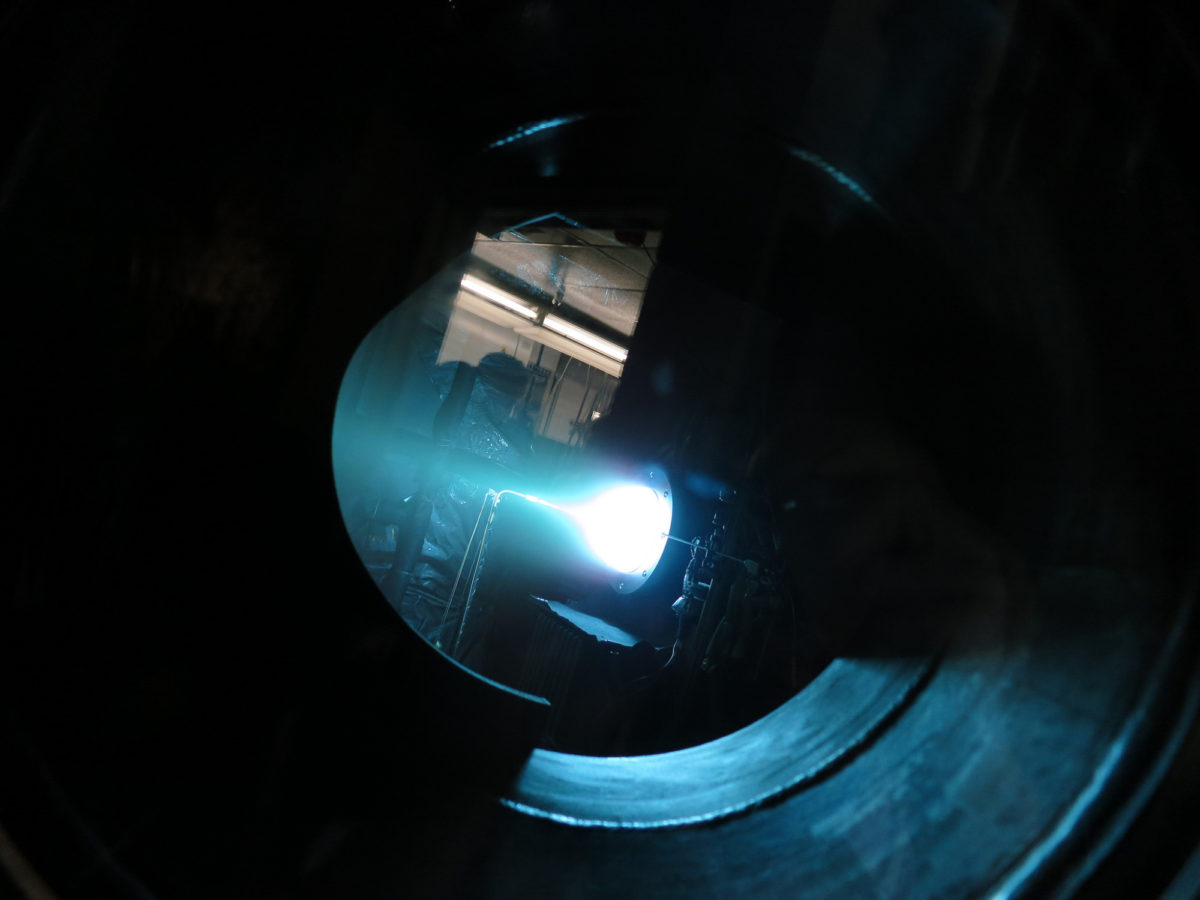Marc Rayman • Jun 02, 2013
Dawn Journal: Thrusting to a new personal best
Dear Confidawnts,
Traveling from one alien world to another, Dawn is reliably powering its way through the main asteroid belt with its ion propulsion system. Vesta, the fascinating and complex protoplanet it explored in 2011 and 2012, falls farther and farther behind as the spacecraft gently and patiently reshapes its orbit around the sun, aiming for a 2015 rendezvous with dwarf planet Ceres.
The stalwart adventurer has recently completed its longest uninterrupted ion thrust period yet. As part of the campaign to conserve precious hydrazine propellant, Dawn now suspends thrusting once every four weeks to point its main antenna to Earth. (In contrast, spacecraft with conventional chemical propulsion spend the vast majority of time coasting.) Because of details of the mission operations schedule and the schedule for NASA's Deep Space Network, the thrust durations can vary by a few days. As a result, the spacecraft spent 31.2 days thrusting without a hiatus. This exceeds Deep Space 1's longest sustained powered flight of 29.2 days. While there currently are no plans to thrust for longer times, the unique craft certainly is capable of doing so. The principal limitation is how much data it can store on the performance of all subsystems (pressures, temperatures, currents, voltages, valve positions, etc.) for subsequent reporting to its terrestrial colleagues.

Thanks to the ship's dependability, the operations team has been able to devote much of its energies recently to developing and refining the complex plans for the exploration of Ceres. You might be among the privileged readers who will get a preview when we begin describing the plans later this year.
Controllers also have devised some special activities for the spacecraft to perform in the near future, accounts of which are predicted to be in the next two logs.
In addition, team members have had time to maintain their skills for when the spacecraft needs more attention. Earlier this month, they conducted an operational readiness test (ORT). One diabolical engineer carefully configured the Dawn spacecraft simulator at JPL to behave as if a pebble one-half of a centimeter (one-fifth of an inch) in diameter shooting through the asteroid belt collided with the probe at well over twice the velocity of a high-performance rifle bullet.
When the explorer entered this region of space, we discussed that it was not as risky as residents of other parts of the solar system might assume. Dawn does not require Han Solo's piloting skills to avoid most of the dangerous rocky debris.
The robot could tolerate such a wound, but it would require some help from operators to resume normal operations. This exercise presented the spacecraft team with an opportunity to spend several days working through the diagnosis and performing the steps necessary to continue the mission (using some of the ship's backup systems). While the specific problem is extremely unlikely to occur, the ORT provided valuable training for new members of the project and served to keep others sharp.
One more benefit of the smooth operations is the time that it enables your correspondent to write his third shortest log ever. (Feel free to do the implied research.) Frequent readers can only hope he strives to achieve such a gratifying feat again!
Dawn is 13 million kilometers (7.9 million miles) from Vesta and 54 million kilometers (34 million miles) from Ceres. It is also 3.25 AU (486 million kilometers or 302 million miles) from Earth, or 1,275 times as far as the moon and 3.20 times as far as the sun today. Radio signals, traveling at the universal limit of the speed of light, take 54 minutes to make the round trip.
Dr. Marc D. Rayman
5:00 p.m. PDT May 31, 2013
Let’s Go Beyond The Horizon
Every success in space exploration is the result of the community of space enthusiasts, like you, who believe it is important. You can help usher in the next great era of space exploration with your gift today.
Donate Today

 Explore Worlds
Explore Worlds Find Life
Find Life Defend Earth
Defend Earth

